Quinoa: benefits, calories & side effects

Table of Contents
What is quinoa?
Quinoa is a food rich in nutrients and protein, which is considered by many to be a “pseudo-cereal”, since its seed looks and is cooked in the same way as other grains (e.g. buckwheat, amaranth).
In general, there are several types of quinoa, such as white, red and black. In fact, it is an ideal choice for vegans, it is gluten free and can be combined with both sweet and savory foods. [1]
Nutrition facts
The high nutritional value of quinoa becomes easier to understand if you consider that the Incas considered it the “mother of all grains“!
You can see its nutrient content in detail in the table below.
For one cup, about 185g. of cooked quinoa we have [2]:
| Nutrients | Ποσότητα | % ΣΗΠ |
| Calories | 222 Kcal | |
| Proteins | 8.14 g | 16 |
| Fats | 3.55 g | 5 |
| Carbs | 39.4 g | 13 |
| Fuber | 5.18 g | 21 |
| Folate | 77.7 mcg | 19 |
| Thiamin (vitamin Β1) | 0.198 mg | 17 |
| Riboflacin (vitamin Β2) | 0.204 mg | 16 |
| Niacin (vitamin Β3) | 0.762 mg | 5 |
| Vitamin Β6 | 0.228 mg | 13 |
| Vitamin Ε | 1.16 mg | 8 |
| Copper | 355 mg | 39 |
| Iron | 2.76 mg | 15 |
| Zinc | 2.02 mg | 18 |
| Manganese | 1.17 mg | 51 |
| Magnesium | 118 mg | 28 |
| Potassium | 318 mg | 7 |
| Phosporus | 281 mg | 22 |
Is quinoa good for you?
Quinoa has many health benefits, thanks to its wide variety of nutrients and the properties they give it.
1. Antioxidant & anti-inflammatory
According to studies, it has both antioxidant and anti-inflammatory properties. More specifically, quercetin and kaempferol are among its most essential components in terms of flavonoids, which protect cells from free radicals. It also contains vitamin E and omega-3 fatty acids, which help reduce the risk of coronary heart disease. [3] [13]
2. Rich in fiber
It is noteworthy that it contains larger amounts of plant fiber, compared to other cereals, such as brown rice. It thus contributes to the health of the digestive system, to better management of constipation and body weight. [4]
3. Gluten free
Quinoa belongs to gluten-free foods, so it is an ideal choice for people with gluten intolerance, such as in the case of celiac disease. [5]
4. Good source of protein
Quinoa is rich in plant-based proteins. In fact, it has a high content of amino acids, which are essential for the synthesis of proteins.[6] [14]
5. Contains important vitamins & minerals
Its adequate consumption can help meet needs such as manganese, magnesium, potassium, iron, and also folic acid. They are particularly rich in manganese, a necessary component for growth and metabolism. [7] [8] [9] [14]
6. Good for metabolism
Among various studies, results have shown that it contributes positively to a healthy body weight, the feeling of fullness, triglyceride levels, and blood sugar regulation. More generally, if we combine it with the Mediterranean Diet and foods such as vegetables, fruits, fish and legumes, we help maintain our health and reduce the risk of disease. [10] [11]
7. Easy to cook
Just rinse with plenty of water to remove saponins, and it becomes an easy ingredient for many recipes![12]
8. Rich in lysine
Finally, it is worth noting that it also has a high content of the amino acid lysine. It is an essential amino acid that contributes to the synthesis of collagen and especially to the healing of wounds. Also, lysine is one of the most important ingredients for the prevention and treatment of herpes (e.g. herpes zoster).
How to cook quinoa
Cooking quinoa is one of the easiest and fastest, as it is ready to eat in the next 15-20 minutes. To cook it [1]:
- Thoroughly rinse 1 cup (170 g) quinoa using a fine-mesh strainer. Ideally let it soak first or try soaking in hot water for 5 minutes to remove the saponins it contains.
- Put 2 cups (240 mL) of water in a saucepan and turn up the heat.
- Add the rinsed quinoa and a pinch of salt.
- Boil for 15-20 minutes. It should have absorbed most of the water, taking on a fluffy appearance. It also has a crunchy taste.
- Enjoy!
Recipes & combinations with quinoa
The combinations that can be made to enjoy it can be both sweet and salty. Indicatively suggested:
- Savory salad with quinoa, avocado, vegetables, feta cheese and grilled chicken.
- Lentils with quinoa
- Spinach with quinoa (instead of spinach rice)
- Stuffed with quinoa
- Salad with quinoa and shrimps
- Sweet breakfast porridge with cooked quinoa, coconut milk, fresh fruit, walnuts, cinnamon and a little honey.
- Chicken, quinoa and lemon soup
- Black Bean and Quinoa Tacos
- Quinoa in porridge
- Pop Quinoa
Side effects
Some people may be allergic to quinoa, and experience symptoms such as stomachache, itching, rashes, etc. This is probably due to the saponins found in its casing. For this reason, soak it for about 30′ before cooking.
At the same time, special attention is needed as it contains, among other things, oxalates, which increase the risk of kidney stones. In most people, these are excreted in the urine, however those who have a problem with the kidneys or are predisposed to nephrolithiasis are better off limiting it in their diet.
Conclusion
Quinoa is a highly nutritious food that has been consumed for hundreds of years. Try including it in your diet and reap all its benefits!
References:
Disclaimer
The content of this blogspot is not and can not be considered as medical advice, diagnosis or treatment. All information is provided to readers solely for informational purposes. There is no intention to substitute this content for personalized medical advice, diagnosis, prognosis or treatment.


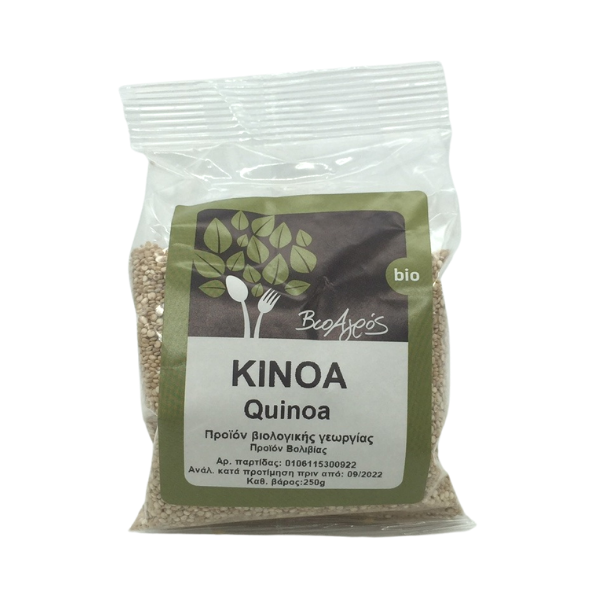
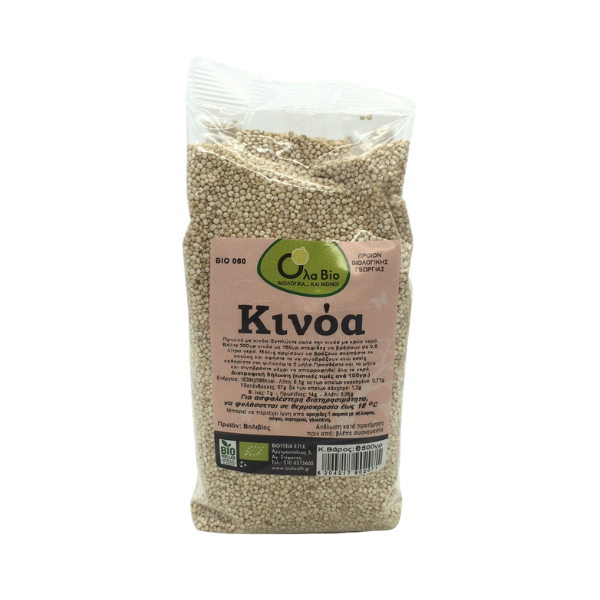


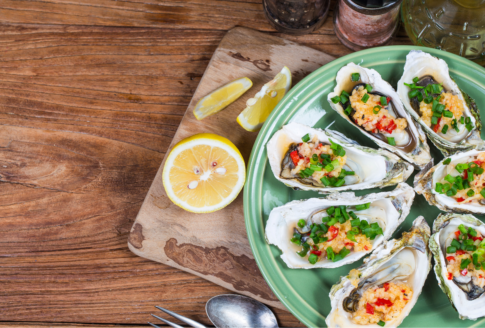
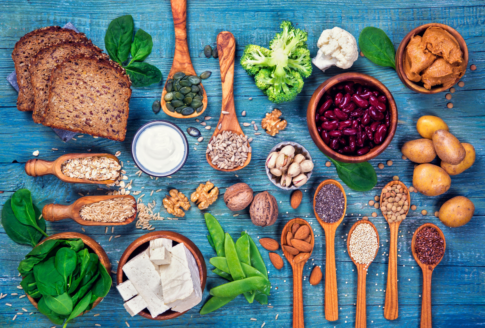

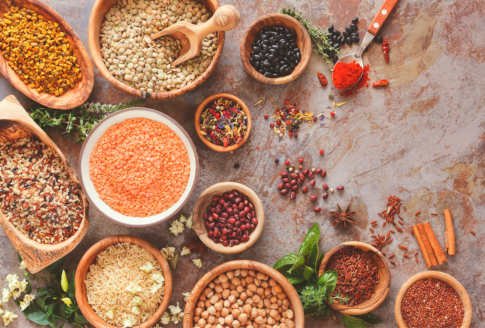
Leave a comment